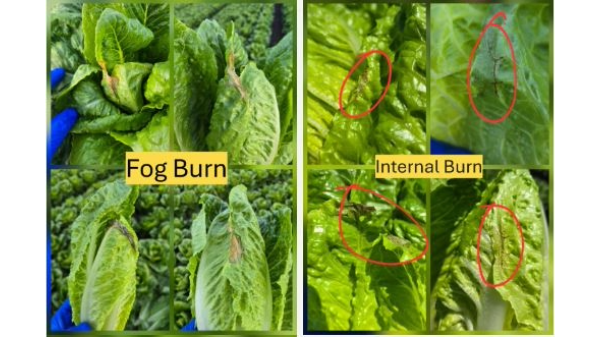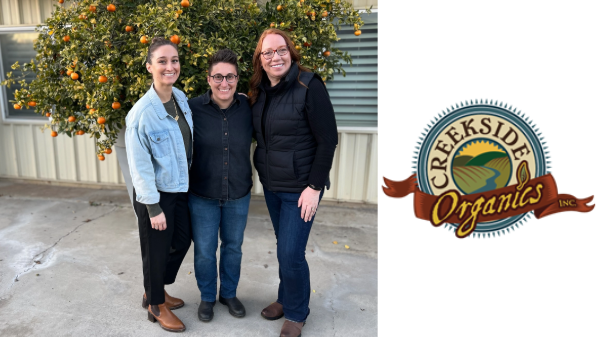Welcome to Blue Book!
Are you ready to join the thousands of companies who rely on Blue Book to drive smarter decisions? View our plans and get started today!
Still have questions? We’d love to show you what Blue Book can do for you. Drop us a line– we’ve been waiting for you.

Lance Jungmeyer, president of Nogales-based Fresh Produce Association of the Americas, applauds the increasing visibility of jicama on the U.S. side of the border. “It’s not rare to find it in the produce section now.”
Jicama is usually sliced or cubed and eaten raw, with a touch of lime and chili powder. Its crunchy texture makes it a frequent ingredient in salads and slaws, used as a garnish, or with dips.
Downsides to jicama include a tendency to bruise, says Robert Schueller, public relations director for Los Angeles-based Melissa’s/World Variety Produce, Inc., in Los Angeles. Such damage often comes during harvest, as equipment may nick or mar the skin. Fortunately, the damage is cosmetic and benign, as the skin is not eaten. Storage concerns for the root are very low; jicama has an extended shelf life of two to four months, and is not sensitive to ethylene gas.
Trendy Tomatillos
Tomatillos, which translates as “little tomatoes” in Spanish, are a stalwart of Hispanic cuisine. Also known as ‘husk’ tomatoes or cherries because of the papery calyx that covers the fruit, these small green orbs are a relative of tomatoes and the primary ingredient in salsa verde. Market share for tomatillos (Physalis ixocarp) has climbed steadily in recent years due to the enduring popularity of both red and green salsa.
Native to Mexico and Guatemala, tomatillos become available from late summer through fall. The fruit, which is sturdier than a regular tomato, also has a longer shelf life. Though some retailers place them in the refrigerated sections, keeping the tomatillos dry is of greater importance.
Tomatillos are also prone to trauma from chilling at prolonged temperatures below 41 degrees, and handlers should be cautious if storing them next to
fruit that produces ethylene, which will prompt unwanted color changes in mature fruit. If properly stored, shelf life is two to three weeks.
John Lichter, sales manager of Nogales, AZ-based grower-shipper Lisa, Inc., says he’s seen a small climb in demand. “A little bit, not a lot, but a little bit.” The company began growing tomatillos a few years ago in Mexico’s Culiacán Valley in Sinaloa. So far, so good—according to Lichter, who says there have been no major growing or transporting challenges with the fruit.
Popular Papaya
Papaya (Carica papaya), known as mamao in Brazil, and sometimes as pawpaw or ‘tree melon,’ has become a veritable star in produce departments in much of North America. Large and pear-shaped, flesh color ranges from pale orange-yellow to salmon pink or red when ripe, depending on cultivar. This sweet fruit is native to southern Mexico and neighboring Central America, but is now grown in nearly every tropical and subtropical country worldwide.








